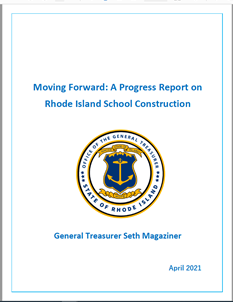Few
young adult men have gotten the HPV vaccine
Michigan
Medicine - University of Michigan
The
COVID-19 vaccine isn't having any trouble attracting suitors (until lately).
But
there's another, older model that's been mostly ignored by the young men of
America: the HPV vaccine.
Using
data from the 2010-2018 National Health Interview Surveys, Michigan Medicine
researchers found that just 16% of men who were 18 to 21 years old had received
at least one dose of the HPV vaccine at any age. In comparison, 42% of women in
the same age bracket had gotten at least one shot of the vaccine.
The
CDC's Advisory Committee on Immunization Practices recommends two doses of the
vaccine at 11 or 12 years old, but Americans can still benefit from the HPV
vaccine if they receive it later, as long as they get three doses by age 26.
In
the U-M study, however -- even among those who were vaccinated after turning 18
-- less than a third of men received all three vaccine doses, and about half of
women did.
"Eighteen-
to 21-year-olds are at this age where they're making health care decisions on
their own for the first time," says Michelle M. Chen, M.D., a clinical
lecturer in the Department of Otolaryngology-Head and Neck Surgery and the
first author of the study.
"They're in a period of a lot of transition,
but young adult men especially, who are less likely to have a primary care
doctor, are often not getting health education about things like cancer prevention
vaccines."
The
HPV vaccine was designed to prevent reproductive warts and cancers caused by
the most common sexually transmitted infection in the United States. The FDA
approved the vaccine for women in 2006 and expanded it to men in 2009.
Preventing
cervical cancer was the primary focus at that time, so girls and women were
more likely to hear about it from their pediatricians or OBGYNs. Yet
oropharyngeal cancer, which occurs in the throat, tonsils, and back of the
tongue, has now surpassed cervical cancer as the leading cancer caused by HPV
-- and 80% of those diagnosed with it are men.
"I
don't think that a lot of people, both providers and patients, are aware that
this vaccine is actually a cancer-prevention vaccine for men as well as
women," Chen says. "But HPV-associated oropharyngeal cancer can
impact anyone -- and there's no good screening for it, which makes vaccination
even more important."
Chen
believes a dual-prong approach is necessary to up the HPV vaccination rate for
those who are male, with renewed pushes from pediatricians to target kids and
outreach from university health services and fraternity houses for the young
adult population who may have missed getting the vaccine when they were
younger. Pharmacists as well as urgent care and emergency room providers could
also be helpful allies.















